JetBlue is expected to commence nonstop service between the U.S. and Europe in 2021. While the New York-based airline confirmed plans in 2019, there are still a number of unanswered questions surrounding the upcoming service. These include questions related to JetBlue’s premium product, JetBlue Mint. Though JetBlue’s Mint business class product is already very competitive, especially for the transcontinental market, there is widespread speculation that JetBlue will introduce a new variation of its Mint business class product alongside the airline’s new nonstop flights to Europe.
As of February 2020, little is known about what this new Mint seat might look like. Bloggers and travel writers have speculated that the new Mint business class seat will feature a variety of enhancements and improvements. Additionally, two trademarks registered in early 2019 by JetBlue may provide the most concrete evidence available as to what the next iteration of the popular Mint business class product might look like.
In late 2018, a series of trademark applications were filed by JetBlue Airways. These trademark applications were eventually registered in early 2019 in both the United States and the European Union. The trademarks registered by JetBlue provide some insight into what the next generation Mint product might look like. Both the terms “Mint Suite” and “Mint Studio” became officially registered trademarks belonging to JetBlue Airways in early 2019, just weeks prior to the announcement in which JetBlue confirmed that it would expand overseas sometime in 2021.
JetBlue has trademarked a variety of terms and phrases related to its premium cabin product, Mint. The original trademark, “JetBlue Mint,” refers to both the on-board product and the brand. While it may seem rather insignificant, adding the words “Suite” or “Studio” to the end of JetBlue’s “Mint” trademark indicates a significant change to the premium product is underway.
The Significance of JetBlue Mint “Suite” and “Studio”
Registering the trademarks “Mint Suite” and “Mint Studio,” adds fuel to existing speculation that JetBlue will launch a new product alongside its new flights to Europe. Additionally, the terms “suite” and “studio” also fuel existing speculation that the new product will provide passengers with increased privacy and a more premium experience.
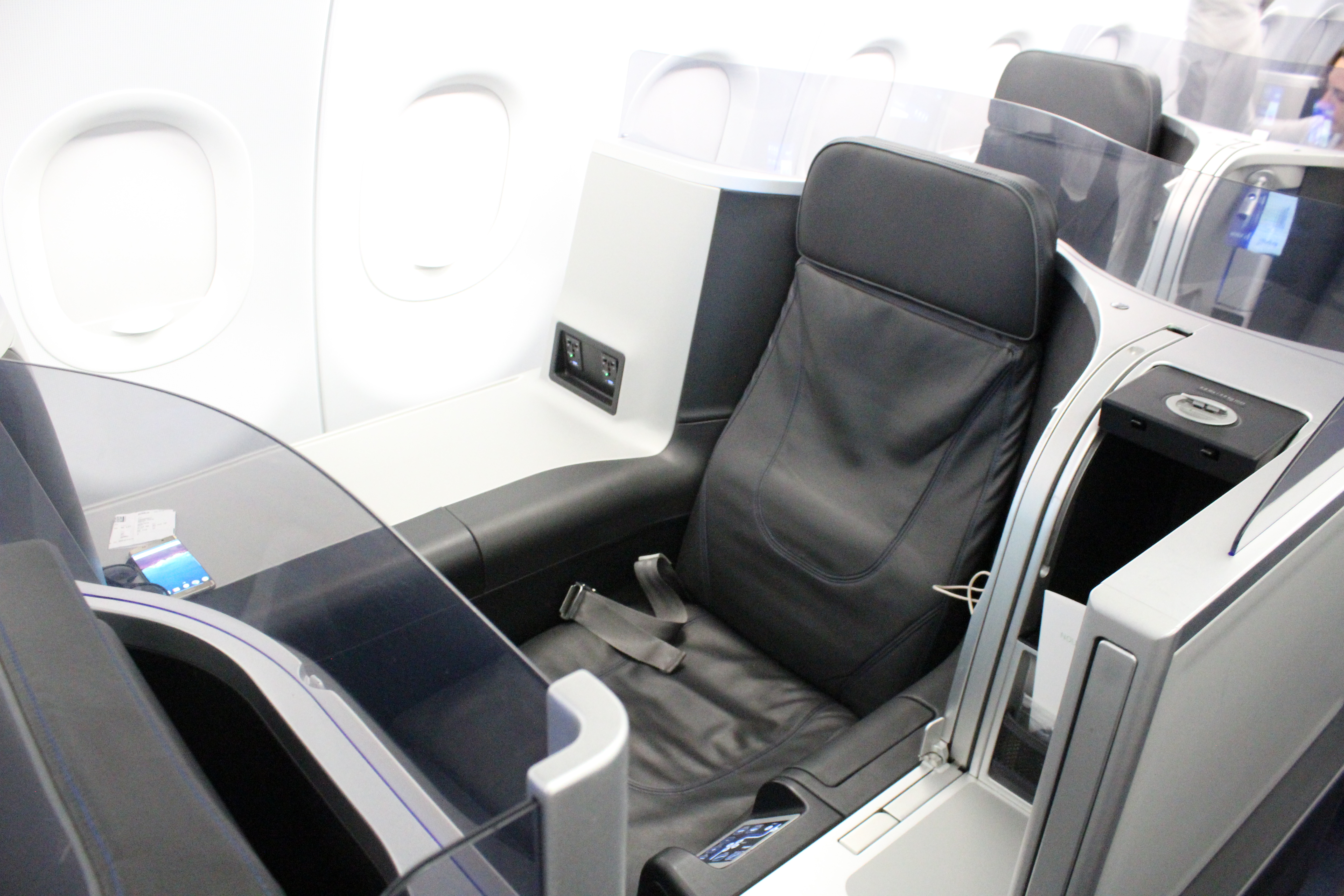
Assuming JetBlue decides to brand its new Mint product “Mint Studio,” it won’t be the first airline to brand a business class product a “studio.” In 2014, Etihad introduced the airline’s new business class product branding it the Etihad Studio. Etihad’s business class Studio product offers all passengers direct aisle access and more privacy than the airline’s previous business class product. Additionally, should the next generation Mint product be branded as “Mint Suite,” JetBlue will be far from the first airline to brand a business class product as a suite.
Numerous airlines across the globe currently brand their business class products as a suite. Delta Air Lines refers to any of its business class products featuring a door as Delta One Suites. Similarly, both British Airways and Virgin Atlantic refer to their new business class products as Club World Suites and Upper Class Suites, respectively. The term suite has essentially become synonymous with a business class product featuring a door or privacy divider.
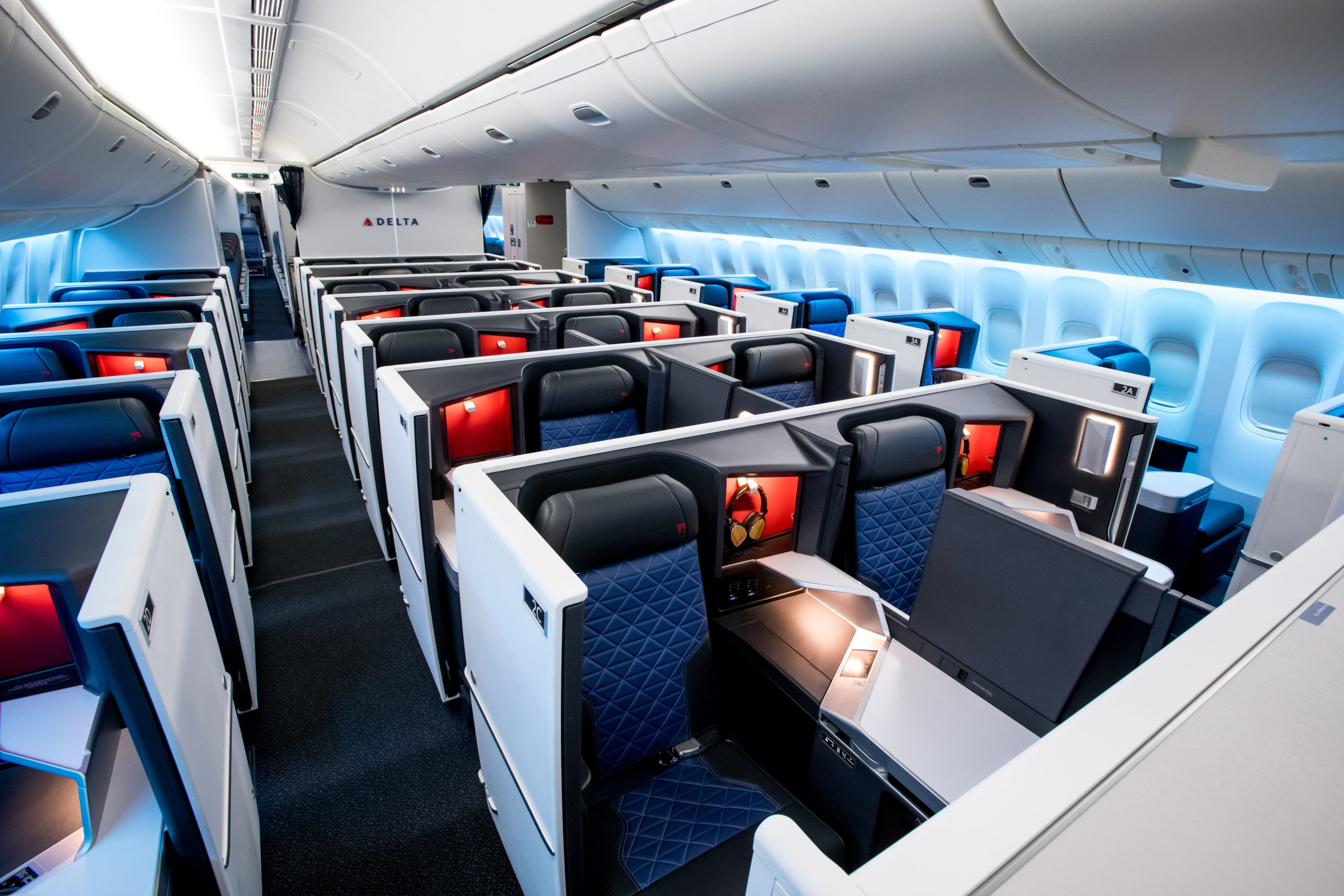
Unfortunately, the industry trend of referring to a business class seat featuring a privacy door doesn’t necessarily mean that JetBlue will follow this industry trend with its possible new Mint product. However, to remain competitive, particularly in the Trans-Atlantic market, the new Mint product will likely feature a sliding door or privacy divider. Furthermore, both the terms “Suite” and “Studio” indicate direct-aisle access for all passengers. While JetBlue offers both privacy dividers and direct aisle access in rows 2 and 4 of the airline’s current Mint product, expanding these amenities to all customers traveling in Mint would be a significant improvement.
Though the trademarks JetBlue “Mint Suite” and “Mint Studio” provide some insight into what the new Mint business class product might offer passengers, there are a number of ways in which JetBlue could choose to deliver this new product.
What Will JetBlue’s Mint “Suite” or Mint “Studio” Look Like?
It’s important to note the aircraft JetBlue plans to use on its Trans-Atlantic flights when considering potential products or designs the airline may use to deliver its next-generation business class product. JetBlue will utilize a fleet of Airbus A321LRs and A321XLRs on the airline’s upcoming Trans-Atlantic flights. The Airbus A321 is a narrowbody aircraft. However, the limitations that come with operating a narrowbody aircraft have not prevented airlines from offering premium cabin products featuring lie-flat seats and direct aisle access. JetBlue, American Airlines, Starlux, and Aer Lingus are just four airlines that have incorporated lie-flat seats, some with direct aisle access, on the Airbus A321.
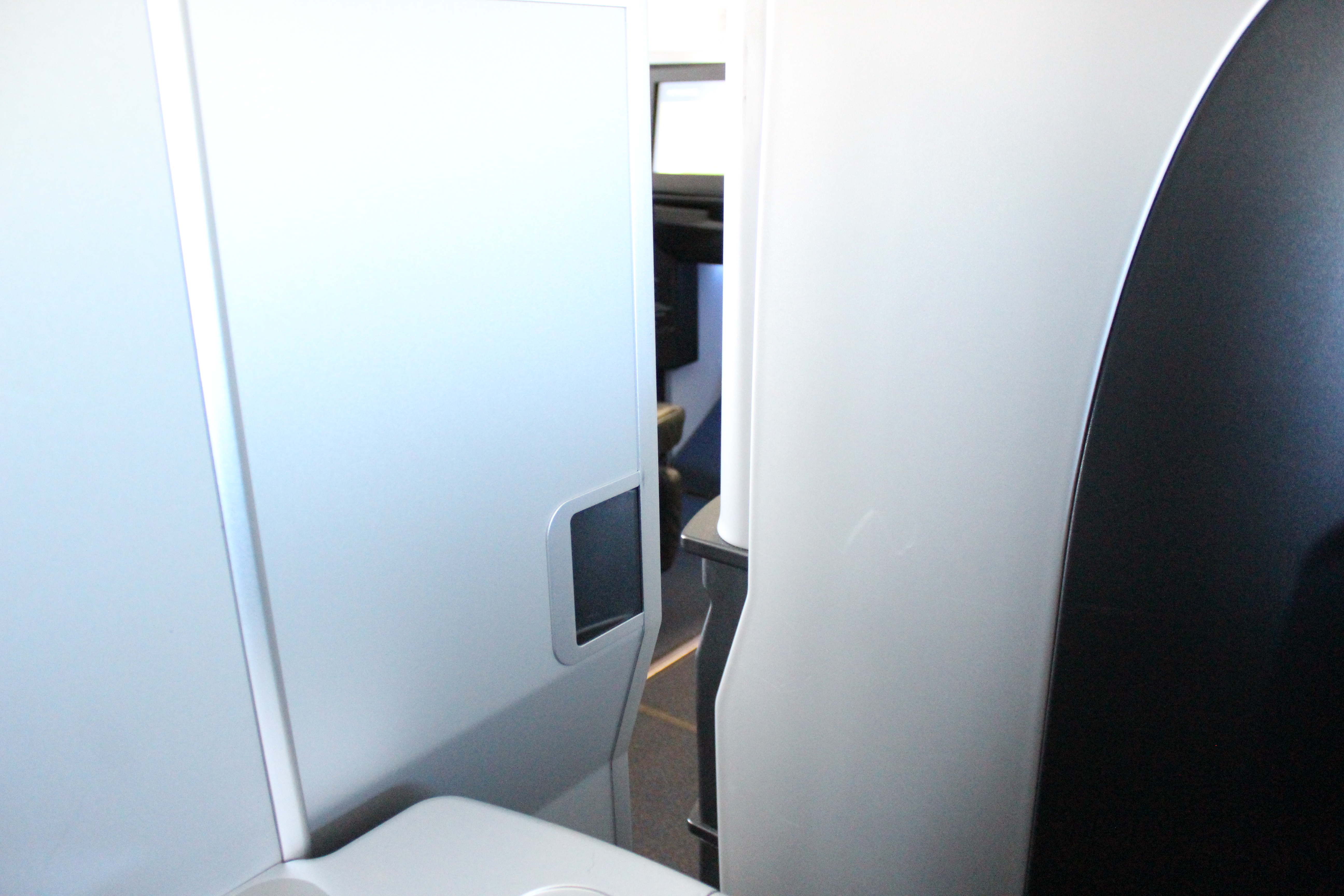
However, there is speculation that JetBlue plans on launching its next-generation Mint business class seat with each seat featuring direct-aisle access. JetBlue’s current business class product only allows a handful of seats to feature direct-aisle access. Similarly, American Airlines’ premium Airbus A321T which is used on select transcontinental flights features direct-aisle access in first class while business class is arranged in a 2-2 configuration with both a window and an aisle seat. JetBlue’s new Mint product will likely be unique in that it will offer all business class passengers both a lie-flat seat and direct aisle access aboard a narrowbody aircraft. However, this is no small task as direct-aisle access configurations take up more space than a cabin configured in a more traditional 2-2 layout.
So what might a JetBlue Mint “Suite” or Mint “Studio” look like? A number of travel bloggers have already provided some insight into the products JetBlue is rumored to be considering for its new business class product. The product that is most frequently referenced as the top contender for JetBlue’s next-generation business class product is the Thompson Aero VantageSolo product. Ben Schlappig of One Mile At A Time covered the Thompson Aero VantageSolo in a post last month.
The Thompson Aero VantageSolo product allows airlines to offer amenities like direct-aisle access and lie-flat seats without sacrificing a great deal of space. Utilizing what is essentially a traditional Herringbone-style configuration, the VantageSolo product takes up far less space. The VantageSolo product features a seat that is angled significantly toward the aisle as opposed to the window or the front of the aircraft. This minimizes the amount of space between the front and back of each business class seat.
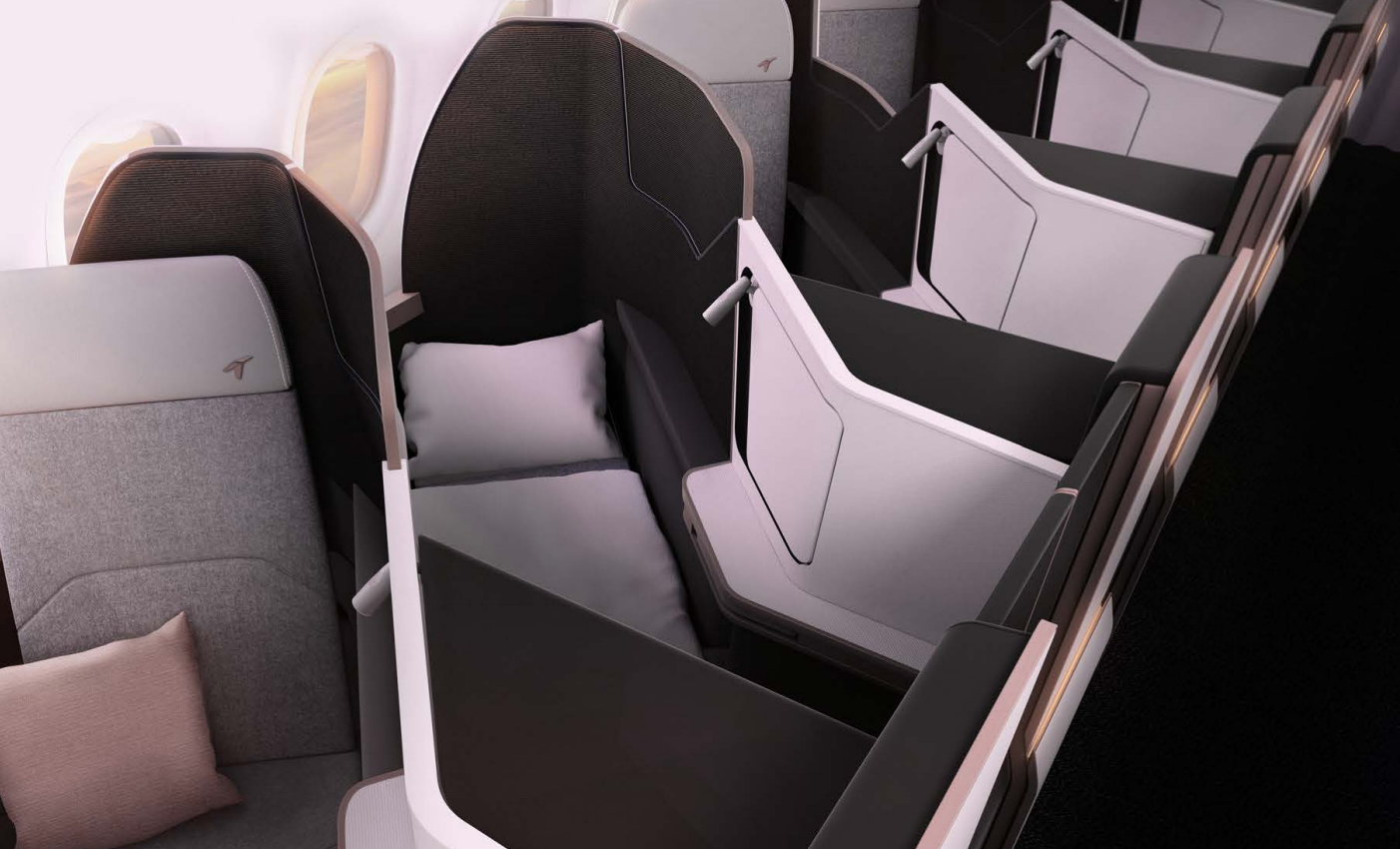
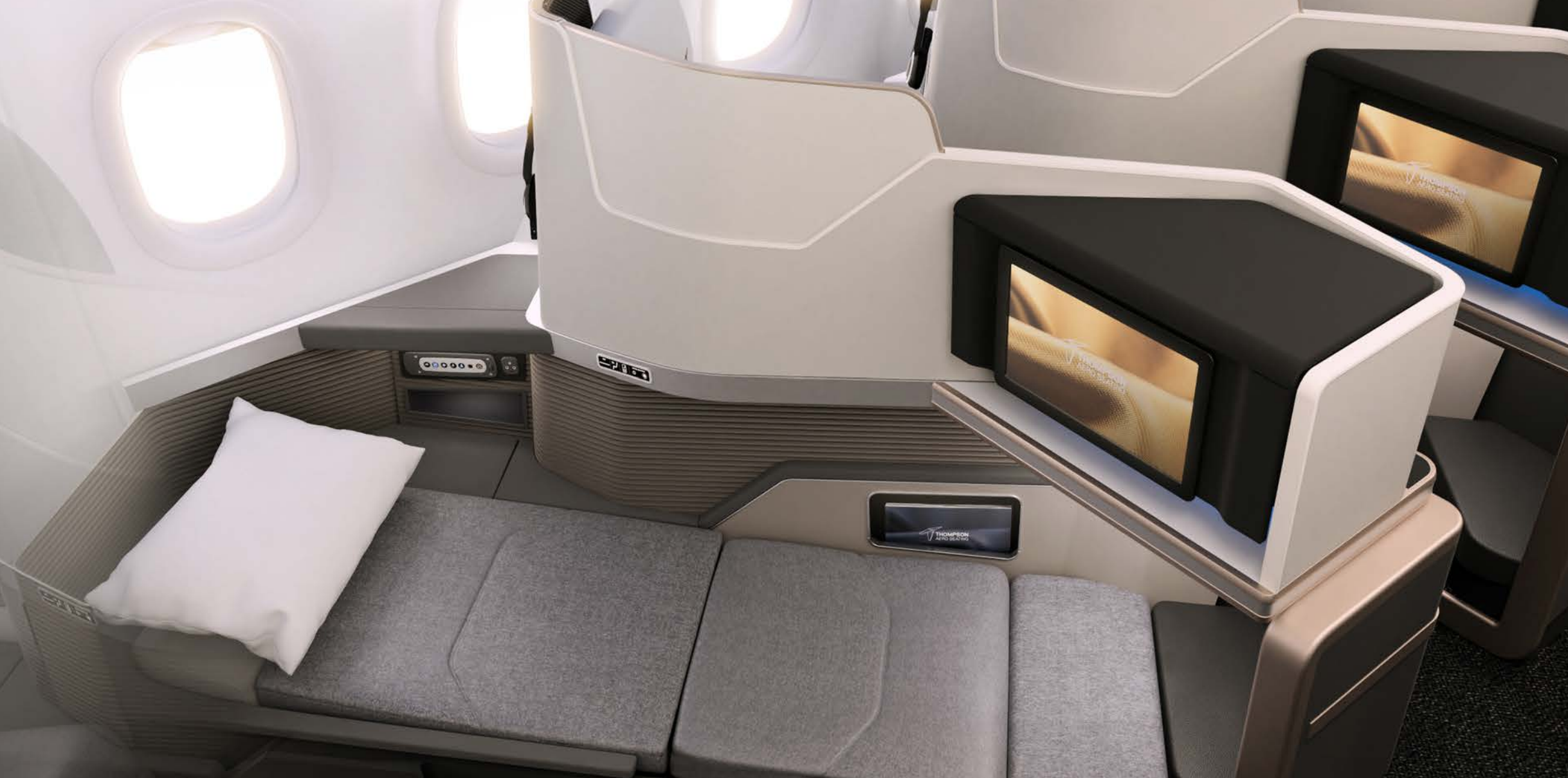
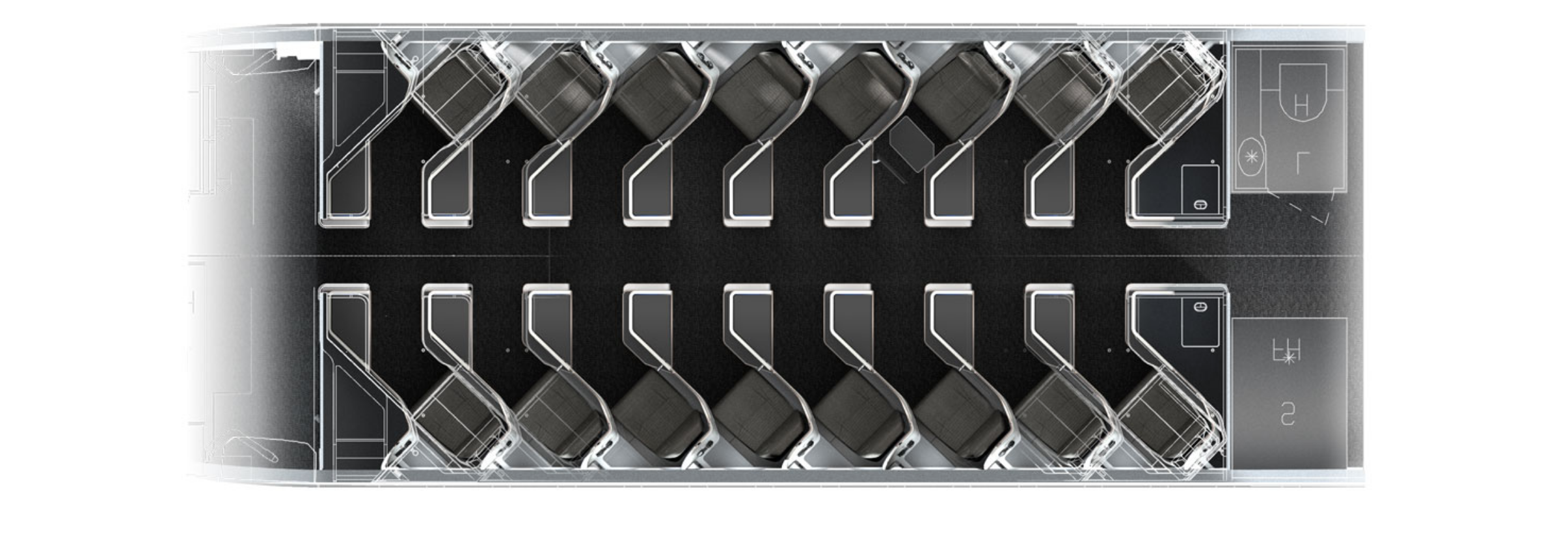
However, the VantageSolo is just one of a number of business class products that aims at allowing airlines to offer direct-aisle access and lie-flat seats while also doing so profitably. John Walton of Runway Girl Network covered a variety of business class products that are designed for narrowbody aircraft. These products include the Aviointeriors’ Adagio seat and the Optimares’ Maxima seat.
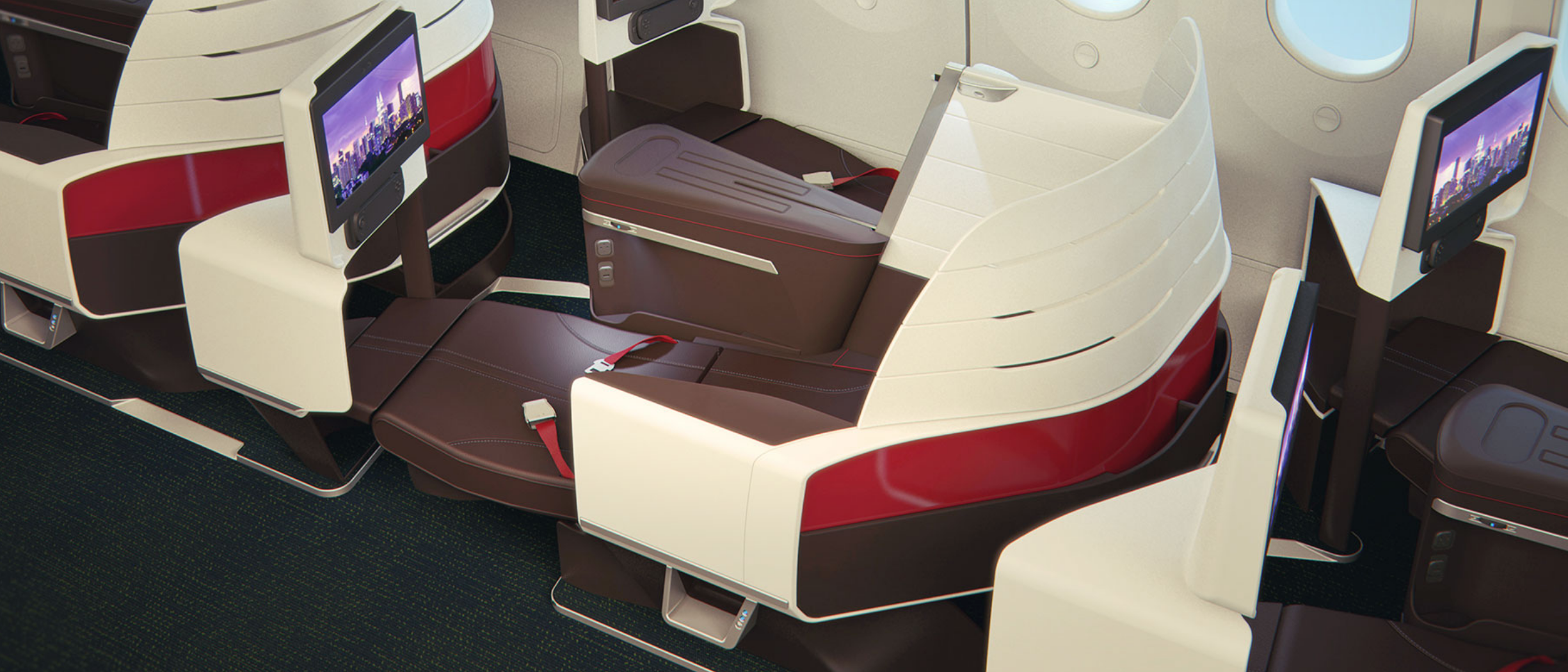
The Bottom Line: JetBlue’s Next-Generation Premium Product
JetBlue’s decision to launch flights from the U.S. to Europe is significant not just for the airline but also for the industry. The Trans-Atlantic market is already quite competitive. JetBlue is known for offering competitive fares in business class on domestic routes. Additionally, JetBlue airline plans to bring its competitive fares to the Trans-Atlantic market. However, JetBlue appears to recognize that low fares alone won’t attract premium travelers traveling overseas. Having registered the trademarks JetBlue “Mint Suite” and “Mint Studio,” JetBlue is poised to enter the Trans-Atlantic market with an updated and competitive product.
This post has been edited. A previous version of this post incorrectly stated that JetBlue is based in Boston. JetBlue is based in Long Island, NY.
Featured image by Philip Pilosian/Shutterstock.com
More from Max:
- Video: Tour a United Airlines Bombardier CRJ-500
- Review: I Finally Got To Fly Cathay Pacific First Class
- Credit Card: The Mastercard® Gold Card™ from Luxury Card™
- The College Points: Your Guide to Buying Frequent Flyer Points & Miles

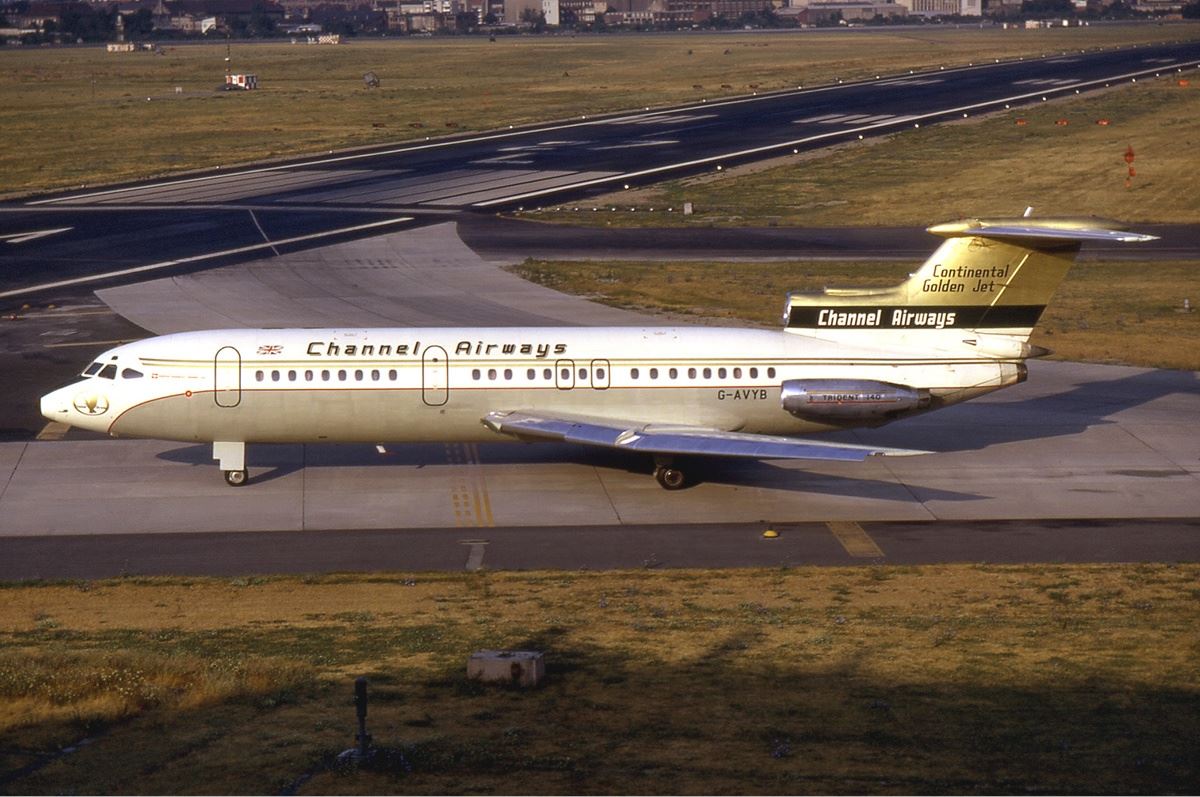


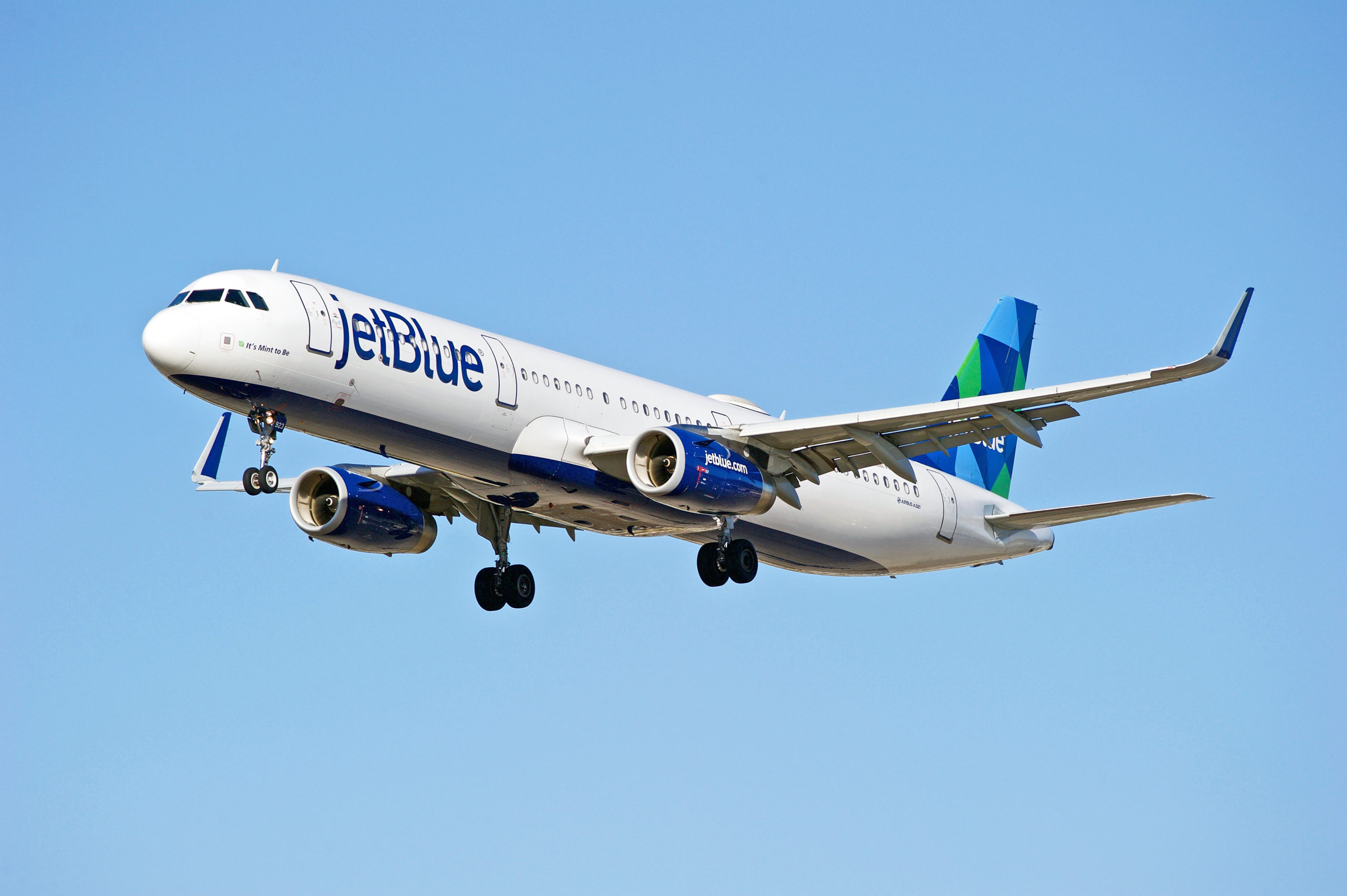






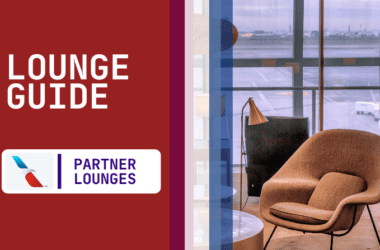
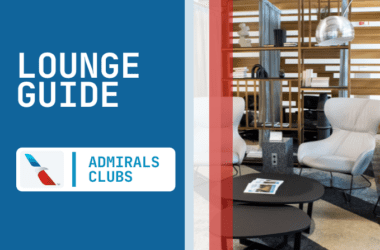



At 6’7″ the absolute primary key issue for me is whether they will keep their Mint transcon 6’8″ flat bed seat on those new int’l routes.
United Polaris delivers pretty decent privacy if you choose the right seat, but the flat bed is only “up to” 6’4″.
If Jet Blue should decide to rake in more $$ by cutting that 6’8″ length on the upcoming int’l routes, it would be a total deal breaker for me.
… Jet Blue (not Russsia this time 😉 … I hope you are listening, and finding this email here …
I mean, I’m on the shorter side at 5′ 11” and even I have trouble getting comfortable in some business class seats (ex/ UA Polaris) so I can only imagine what it must be like to be almost a foot taller. Unfortunately, JetBlue’s next-generation business class seat will inevitably feature a shorter seat. The Thompson Aero Vantage seat (the current Mint seat) is unique in offering such a long and wide seat. As airlines look to offer direct-aisle access on narrowbodies, seat length will be compromised. Personally, as long as a seat is 6′ 2” or longer, I’m usually comfortable. However, tall travelers will surely notice a difference with these new narrowbody business class products.
The airline is NY based, not Boston.
You are correct, sir. My apologies for this blatant error. Thank you for the correction. I have updated the post to reflect the correct location of JetBlue’s corporate headquarters.
This whole thing of using “Suites” in the name strikes me as being highly ridiculous, and most customers are quite gullible to go for it. To me a suite means more space. Sadly most of these products dont actually have a lot more usable space. They just have a door of sorts.
Eh, maybe Im just growing old, and dont have time for marketing gimmicks any more.
Interesting perspective. And you’re correct in assuming that a suite would mean more space as that’s what the term has meant in the hospitality industry for decades if not centuries. However, so long as an airline’s product actually features a privacy door, I don’t have an issue with the term suite being used. You’d be surprised how much of a different a privacy door makes. – Max